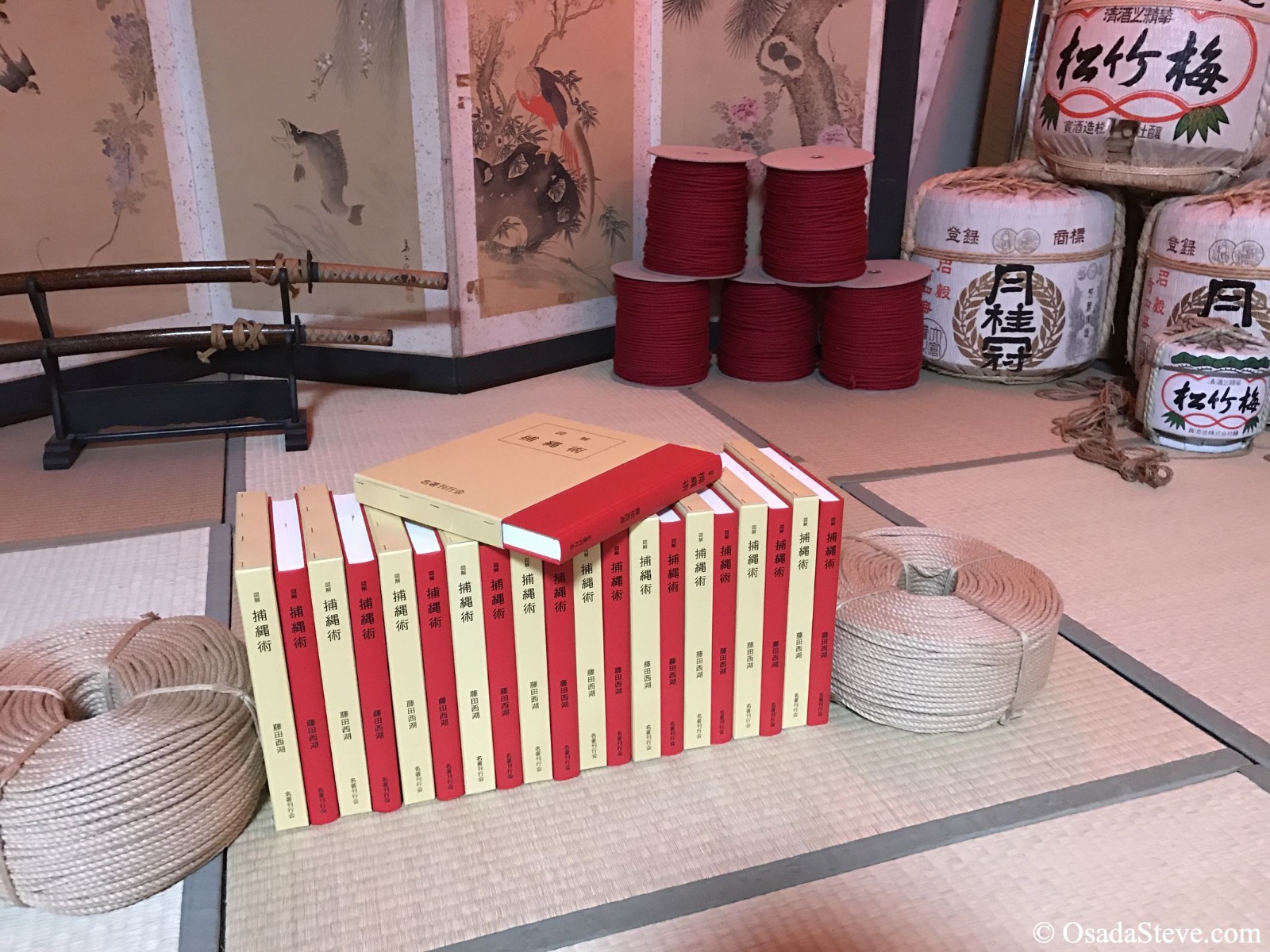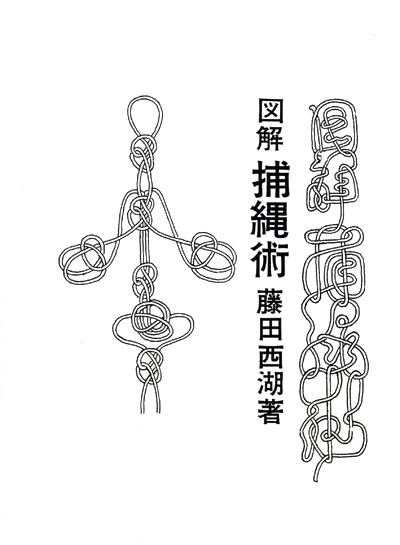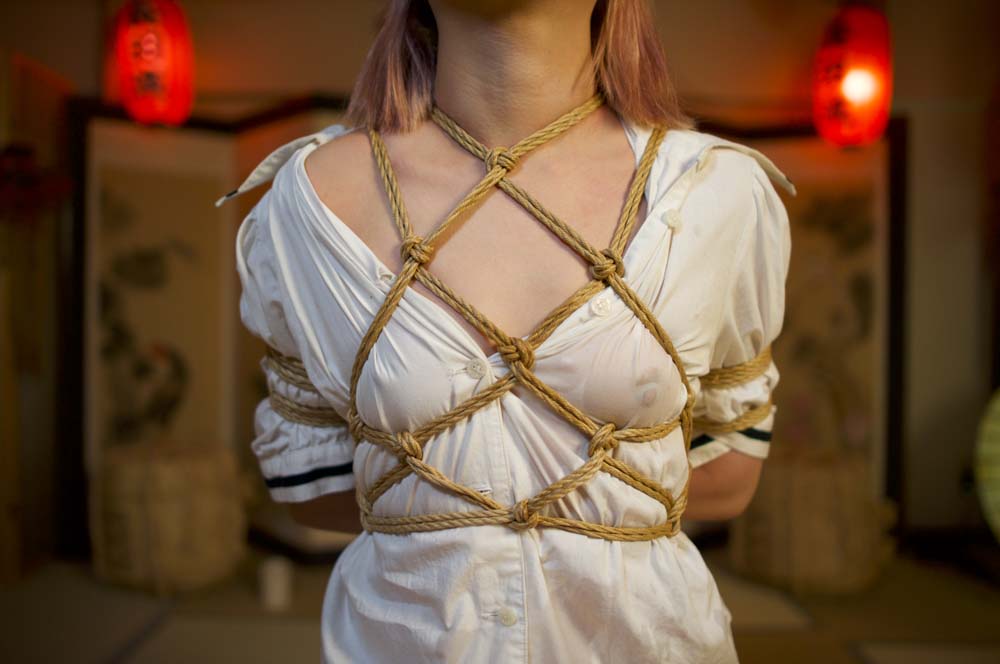Preface
(Translation)
A long time ago, when Japan was in political turmoil and not yet united under one government, members of the warrior class considered it as their noble duty to bring honor to their name by taking prisoners on the battlefield. Together with the other martial arts the art of capturing (Hobakujutsu, 捕縛術) und immobilizing (Hojojutsu, 捕縄術) with rope was intensively trained.
After the country became peaceful, the tying arts were exclusively used as techniques for arrest, and those tasks were delegated to low-ranked samurai. Under the Tokugawa shogunate of the Edo period hobakujutsu / hojojutsu was only practiced by police holding the rank of torikata-doshin (捕方同心) and below, not by samurai of the rank of yoriki (与力) or above.
From the Meiji period (1868 to 1912), people who had not been specifically designated for such tasks were prohibited from using nawajutsu/jojutsu (縄術), i.e. use rope to carry out arrests, even of alleged criminals. Accordingly the number of those who practiced the tying arts declined. Some of the bujutsuka (武術家), those who were trained in martial arts, and those who were in charge of arresting and transporting prisoners now only learned the basics, such as techniques required for initial arrests and temporary bondage (hoshu hayanawa, 捕手早縄) and rope techniques useful for prisoner transport (gosoyo nawa, 護送用縄).





